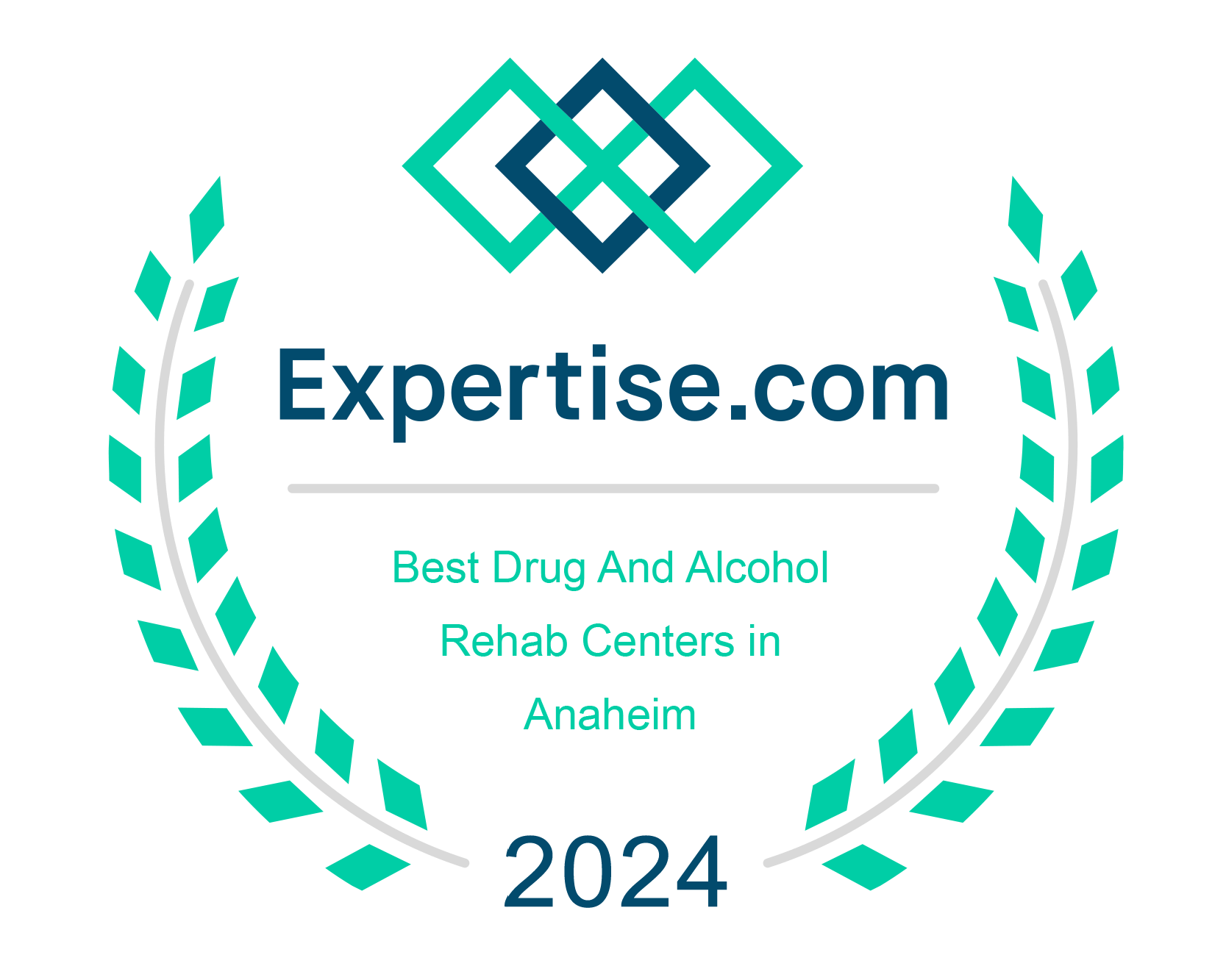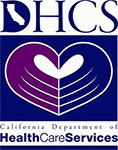Opioids: Understanding Addiction vs. Dependence
Opioid addiction has become a significant issue in our society, and unfortunately, there is a tremendous amount of misinformation out there. One of the main confusions is the difference between opioid addiction and dependence. This page intends to help clarify the differences between physical dependence and addiction because there are important distinctions between the two conditions.
Physical Dependence
Physical dependence is a typical physiologic response that occurs with prolonged opioid use. The most prevalent effect of dependence occurs when the opioid dose is rapidly decreased or discontinued leading to withdrawal.
Usual signs and symptoms of an opioid withdrawal can include:
- diarrhea
- increased heart rate and blood pressure
- sweating
- muscle aches
- stomach pain
- restlessness
- extreme anxiety
Opioid withdrawal timeline will differ based on the type of drug, dosage, length of dependence, method of use, age, health, and other variables. In most cases, withdrawal symptoms for short-acting opioids peak on the second and third days after the last use. Most physical symptoms last up to 10 days, but other symptoms such as depression, anxiety, and sleeplessness can last much longer.
Addiction
Generally, opiate addiction is present when the drug use continues despite no longer needing it for medical reasons or for recreational purposes despite adverse consequences. Data shows that addiction may involve a combination of genetic components, environmental and neurological factors, resulting in repetitive and compulsive drug use.
Recent guidelines by the American Psychiatric Association (APA) have further clarified the definition of addiction.
Substance Use Disorder (SUD)
SUD is currently defined as mild, moderate, or severe based on the assessment of an individual according to specific diagnostic criteria. Substance use disorders occur when the repeated use of alcohol and/or drugs induces clinically and functionally significant impairment, including:
- Health problems
- Disability
- Failure to meet primary responsibilities at work, school, or home.
Opioid Use Disorder (OUD)
Opioid use disorder combines both opioid dependence and abuse. It has comparable symptoms to SUD and diagnosis, specific to the drug being abused, such as illicit fentanyl, heroin, or prescription opioids. The APA explicitly states that OUD does not refer to those patients taking opioids as directed and under medical supervision.
Opioid dependence and addiction have become significant sources of problems in our society, including unimaginable rates of overdoses. However, it is essential to understand that not every person who takes an opioid will become addicted. Furthermore, addiction will affect every individual differently. Although there are common signs, symptoms, and consequences, the length and level of addiction will differ from case to case.
How to Tell If a Loved One Is Struggling With Dependence or Opioid Addiction?
Regardless of why an individual starts taking an opioid, prolonged use always increases the chances
The issue is that when a person becomes physically dependent, it can be challenging in so many different ways. The progression of physical dependence takes a toll on someone’s physical and emotional health. There is a constant concern with acquiring and taking the medication. Additionally, individuals, especially those who have never had drug addiction issues, become confused, scared, and overwhelmed with feelings of shame.
Although many people might be able to keep a ‘normal’ day-to-day function, eventually, the dependence will likely interfere with responsibilities, daily routines, personal relationships, or finances.
Even though someone struggling with opioid use disorder may not display exact or immediate symptoms, there are common signs that may show the need for professional help.
Below are some typical signs of the presence of opioid dependence or addiction that you may observe in a loved one:
- The inability to control opioid use
- Uncontrollable cravings
- Unexplained drowsiness
- Frequent flu-like symptoms
- Decreased libido
- Lack of self-care
- Emotional distancing
- Isolation from family or friends
- Difficulty maintaining schedules or appointments
- Continuous physical ailments requiring more medication
The Centers for Disease Control and Prevention (CDC) reported that in 2019 over 70,000 people died of a drug overdose in the United States. Unfortunately, the new stats show even a grimmer number. In 2020, over 93,000 people died from an overdose, mainly from opioids. Although these numbers are horrific and 2021 is not looking much more promising, we can change things and save lives. Each one of us has the power to change our own fate. Getting treatment for opioid addiction is more than beneficial. It is often a life-saving act, but many lack the opportunity.
How Do You Find the Best Opioid Treatment Program?
We understand that finding the best opioid treatment program for you or a loved one could be challenging. One of the main reasons is because there is so much misleading information on the internet. It seems every site you go to, people claim to be the best, the most knowledgeable, the #1 expert. Some programs go as far as promising miracle cures and an overnight return to a pre-addiction state. The truth is there are no miracles, and recovery is a multifaceted process.
First and foremost, it is critical to consider each individual’s health requirements and make sure the program of choice can satisfy that need.
The first step should be a safe and effective medical detox to overcome physical dependence.
Opioid detoxification refers to cleansing the person’s system from the drug while neutralizing its toxic effects, also referred to as withdrawal management. A medically supervised detox is always preferred because when medical staff is on-site, they can observe, support, and manage withdrawal symptoms. Additionally, a medical team can keep the patient medically stable and safe from the harmful physical complications of an opioid withdrawal.
Inpatient Rapid Detox for Opioid Withdrawal Symptoms — Waismann Method Detox Program
The treatment process at Waismann Method Rapid Detox begins with an admission to a private room of a JCHAO accredited hospital for a comprehensive health assessment, including blood and urine screenings, medical history, cardiac and pulmonary evaluations, and other relevant evaluations. The evaluation results determine whether a patient would benefit from rapid detoxification or other medically assisted withdrawal management protocols (as well as the use of medications to control cravings, including Naltrexone and Vivitrol).
Waismann Method’s interdisciplinary team of physicians, nurses, and other skilled clinicians (some of whom are multi-board-certified) oversee the detox process from beginning to end. They continuously evaluate each patient’s symptoms, physical and emotional well-being, prescribing specific medications as clinically indicated to ensure safety and comfort.
Patients who have co-occurring medical disorders that require a higher level of care might also receive an evaluation and support from a specialist while in the hospital. Regardless if you are suffering from opioid dependence or addiction, the Waismann Method® team will treat you with respect, professionalism, and compassion. The team understands the complexity of opioid use disorder and what it takes to treat the condition effectively.
Conclusion
The distinction between dependence and addiction is key to understanding and treating substance use disorders. Dependence is the body’s physical reliance on the drug to function. When a person is dependent upon the drug they will experience withdrawal symptoms if they attempt to cut down or stop. Addiction is the psychological need for the drug and includes the behavioral changes that occur in the person using the drug. Lastly, it is important to note that physical dependence can occur without the presence of addiction.
Do you have questions? Feel free to call us.
You can also fill an email request online. Whatever way you prefer, we are here to answer your questions, understand your specific needs and hopefully guide you to get you where you want to be.Call 1-866-713-3869
Sources:
- NIH: Overdose Death Rates
- CDC: Provisional Drug Overdose Death Counts
- WMRD: More than 93,000 People Died from Drug Overdoses in 2020
Reviewed by Clare Waismann, RAS / SSUDCC, Founder of Domus Retreat®
All topics for the DomusRetreat.com blog are selected and written based on high editorial quality standards and cited source material. Clare Waismann, Registered Addiction Specialist (RAS), Substance Use Disorder Certified Counselor (SUDCC) and founder of Domus Retreat and Waismann Method® reviews articles for accuracy, credibility, and relevancy. Clare Waismann is an authority and expert on opioid dependence and related topics covered on the DomusRetreat.com blog. For additional information and disclaimers regarding third-party sources and content for informational purposes only, please see our Terms of Service.



















